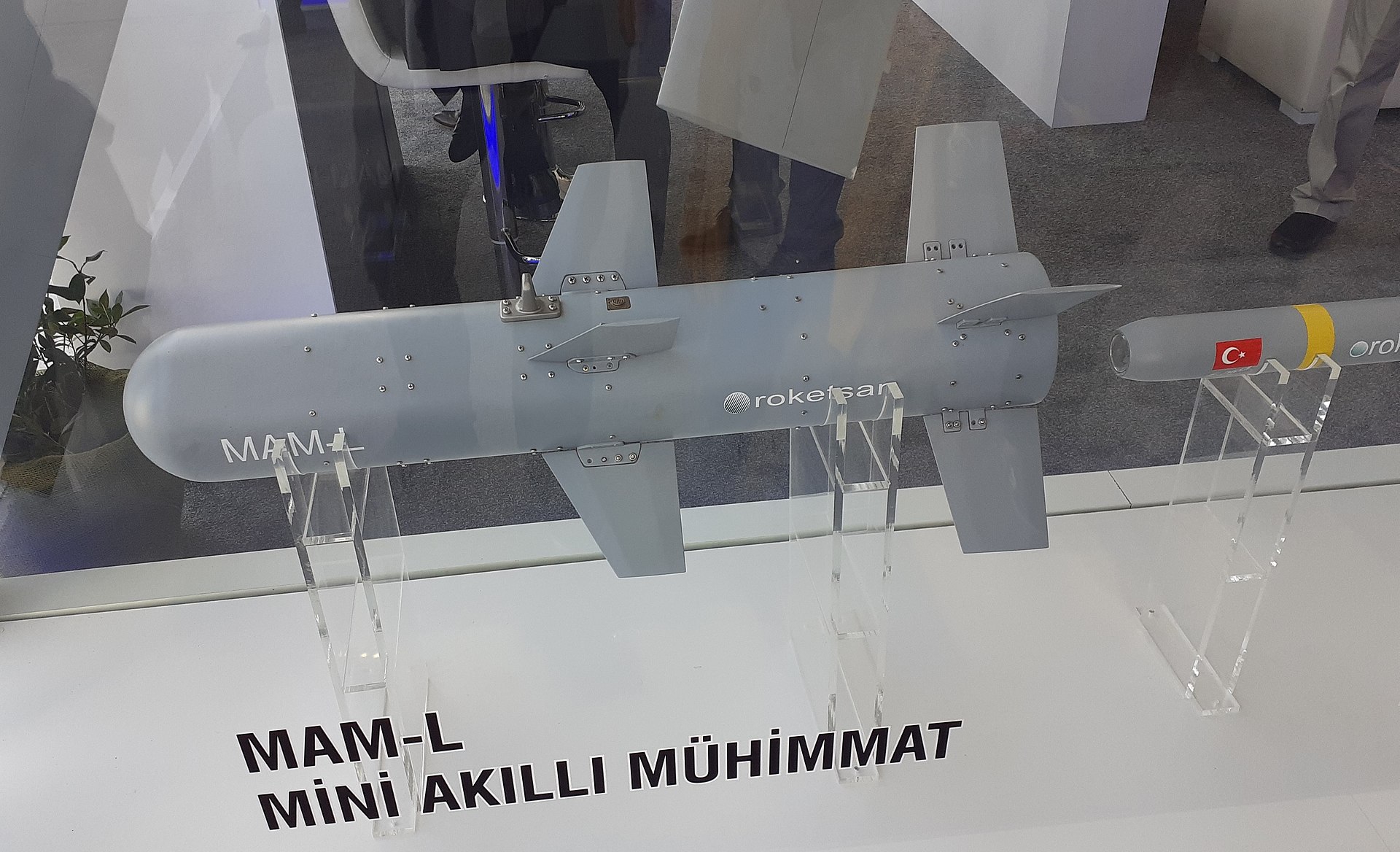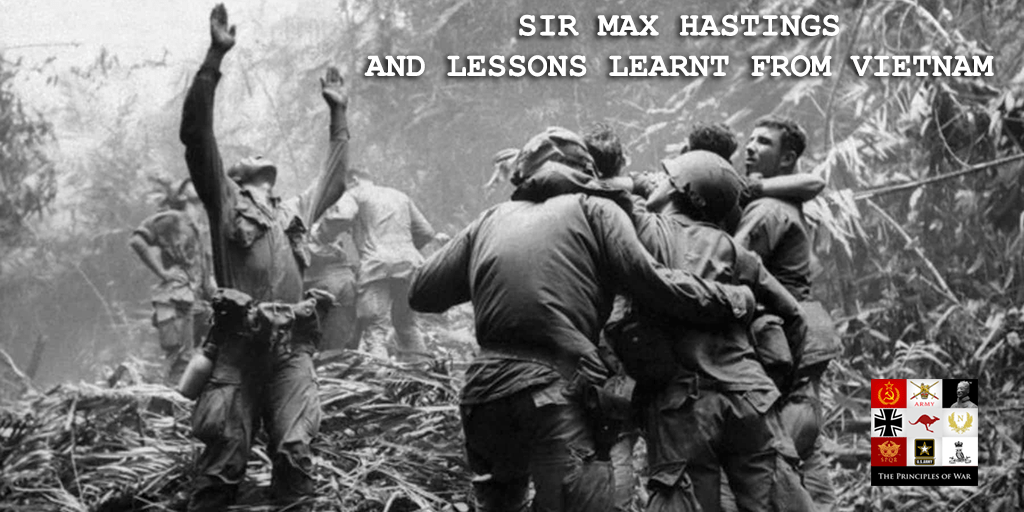The 44 day long conflict in 2020 between Armenia and Azerbaijan has highlighted a significant increase in the utility of low cost Unmanned Aerial Vehicles with strike capability. The Azerbiajan (AZ) Armed Forces attacked into the Nagorno-Karabakh region to take back disputed territory. The Armenia Army, already racked by COVID-19 quickly became demoralised by the frequency of the UAS strikes and their inability to respond.
In particular, the Turkish built Bayraktar TB2, coupled with the Turkish Roketsan MAM-L (smart micro munition- thermobaric) GPS/INS guided munitions proved highly effective.
Armenia, a nation of just 3,000,000 people and a GDP of $33 billion suffered crippling losses during the conflict, with at least 102 T-72s destroyed by TB-2 UAS alone out of a total of 245 T-72s lost.
The development and employment of UCAV (unmanned combat aerial vehicle – UAS with weapons onboard) technology and capabilities as employed by the Azerbaijanis is an excellent example of how new technology is changing the nature of conflict as we attempt to anticipate how warfighting will be conducted over the next 20 years.
The Lessons for UCAV employment from Nagorno-Karabakh
- The vulnerability to armoured and infantry units in open terrain. Vehicles in the open and troops without overhead cover are extremely vulnerable to UAS strike. Thermal imaging surveillance, particularly at night, enables UAV to provide ISR over large AOs. This is likely to see some forces to prefer operating in urban environments, where the complex terrain offers the ability to stay below the detection threshold and decreases the time from unmasking to regaining the cover of buildings.
- The asymmetric nature of UCAV and the ability to decisively tip the balance of power. The Bayraktar TB2 was developed by Turkey using advanced components from Canada and armed with Turkish smart munitions. If Turkey is able to develop a domestic UAV industry, then many other countries will be able to do the same. The low barrier of entry to UCAV design and production highlights a significant opportunity for Australian industry to develop UCAV systems, whilst also highlighting the threat from other states employing similar systems.
- The battle for the EW spectrum will only become increasingly important. Turkish aid extended to EW assets to support UCAV operations and whilst it isn’t entirely clear what role they played, it is likely that EW effects were integrated with the ISR and strike functions.
- UCAVs make the employment of towed artillery a high-risk proposition. Digging in the weapon systems provides little protection from UAV strike from above, whilst significantly increasing the time to get the guns out of action. TB2s destroyed at least 130 artillery pieces in the 44-day conflict.
- UAVs are an excellent platform to neutralise ATGMs. Armenian ATGMs were largely ineffective either because of Armenia hesitancy to deploy them their inability to deploy due to the risk or on the rare occasion they were deployed, they were neutralised by UAVs before their armoured targets were in range.
- C2 between UCAV and manoeuvre forces will become more important. There is little detail about how CAS (Close Air Support) was integrated at the FEBA, but it is likely that a similar mechanism was used as to that of the Wehrmacht during the Battle of France – with most CAS missions being flown behind the front lines to minimise the risk to friendly troops. Improved C2 allows for better CAS for troops in contact.
- Air Defence needs to be rethought. Significant work is required build up comprehensive air defence networks with the capability to prevent UAS strikes. Armenian air defence, whilst generally consisting of pre-2000 AD assets was ineffective in denying Azerbaijani UCAV freedom of action. Even the more modern Russian supplied equipment was of limited effectiveness. SAM and SPAAG (self propelled anti aircraft artillery) systems such as the SA-8 Gecko 9K33, and the ZSU-23-4, which previously was a highly respected weapon system, is now functionally dislocated by the UCAV’s altitude and stand off capability. The 9K33 appeared unable to detect the low signature of the TB2, or was potentially degraded by ECM – either way 16 9K33 Osas where destroyed with no losses to TB2s. The S-300 (SA-10 Grumble) faired little better. Whilst managing to down an Arzebaijani Su-25, multiple platforms were lost and in one incident a TB-2 remained on station awaiting a missile strike, circling over 3 S-300 sites before conducting BDA. Armenia’s Air Defence System had some quite old elements, but also a range of newer Russian platforms, with platforms across all ranges, from MANPADS through to the S-300 system. The fact that it was so comprehensively beaten highlights the balance of power shifting in favour of low cost UAS coupled with EW and smart munitions.
- Logistics is the UAS rich environment is difficult. Over 630 trucks and jeeps were destroyed or captured by Azerbaijan. The threat to logistics operations appears to have forced Armenian commanders to resort to chaining drivers to their vehicles to stop them deserting their vehicles in face of such a pervasive threat. The threat to logistics in rear areas highlights the urgent requirement for a concept that provides protection from UAV.
- CUAS (counter UAS) systems have a long way to go. The Armenians employed the Borisoglebsk-2, R-330P and the Repellent-1 CUAS platforms in an effort to deny freedom of action to the Azeri UAVs. None were reported as being effective. With the proven capability of UAVs in a conventional war, the development of the ability to neutralise UAS would have to be one of the highest priorities for land forces today.
- UAS can form a component of the deception plan. In order to suppress the Armenian Air Defence network, ancient AN-2 biplanes were converted to drones. These were then flown into Armenia – triggering Armenia AD assets to cue and fire. This unmasking was then followed with strikes from TB-2s shadowing the AN-2s, degrading the Armenia IADS within a few days of the commencement of hostilities.
- Weather still has a role to play. The small size of UAVs means there is no all-weather capability and one of the few Armenian counter attacks occurred during a period of fog on the battlefield where UAV ISR capabilities were degraded. Once the fog cleared, however, Armenian BMP-2 were struck by TB-2s. Armenia would end the war with 75 fewer BMP-2s than it started with.
- UAS capabilities enhance counter battery / depth fires. Two BM-30 Smerch MLRS conducted fires against the AZ city of Barda – a potential war crime given the civilian nature of the target. One was spotted in it’s firing location and tracked back to it’s reloading location, where it was joined by a second BM-30. These were them both destroyed.
- The end of traditional Close Air Support? Not only are UAS cheap to acquire, and logistically easily maintained but the training liability is insignificant compared to that invested into pilots who conduct Close Air Support. With increasing cost, training and the complexity of fifth generation fighters, UAS will by some, if not all nations, form the majority of their CAS capability. The TB2 has a production costs of between $1 and $2 million dollars, and has proven it’s capability for a price that is orders of magnitude less than a Air Force with CAS capability.
- Implications for the Information Domain. The nature of video capture of UCAV operations provides a rich source of content for IO campaigns. The AZ government tweeted and posted video of successful strikes, and the video was played on big screens in the capital, reinforcing the dominant narrative that AZ was winning the war. This would have surely undermined the moral CoG of the Armenian forces, knowing their inability to hide, defend or strike back against the AZ UAVs.




Resources for understanding the employment of Unmanned Comat Aerial Vehicles (UCAV) in Nagorno-Karabakh
This blog article attempts to document the loses by type in the conflict.
https://madsciblog.tradoc.army.mil/303-insights-from-the-nagorno-karabakh-conflict-in-2020/
https://madsciblog.tradoc.army.mil/316-insights-from-the-nagorno-karabakh-conflict-in-2020-part-ii/
https://www.russiamatters.org/analysis/look-military-lessons-nagorno-karabakh-conflict
http://sam.gov.tr/pdf/sam-papers/SAM-Papers-No.-18.pdf
https://www.csis.org/analysis/air-and-missile-war-nagorno-karabakh-lessons-future-strike-and-defense
https://smallwarsjournal.com/jrnl/art/what-united-states-military-can-learn-nagorno-karabakh-war
Robyn Dixon’s article in the Washington Post highlights the revolutionary employment of UCAV in the conflict.
The Carnegie Endowment has an excellent article on the non military impact of the conflict.




2 comments
[…] Lessons for UAV employment in Nagorno-Karabakh region […]
[…] Lessons for UAV employment in Nagorno-Karabakh region […]